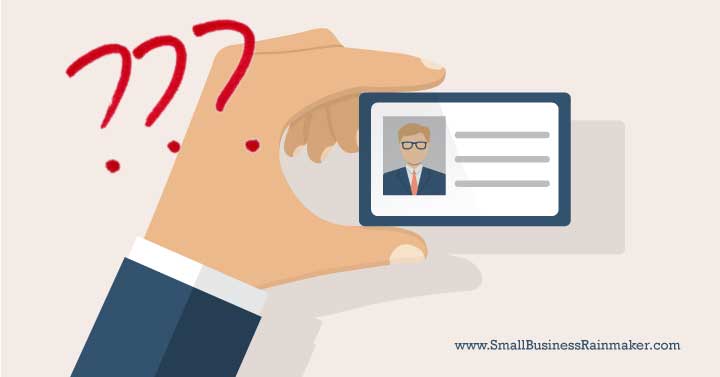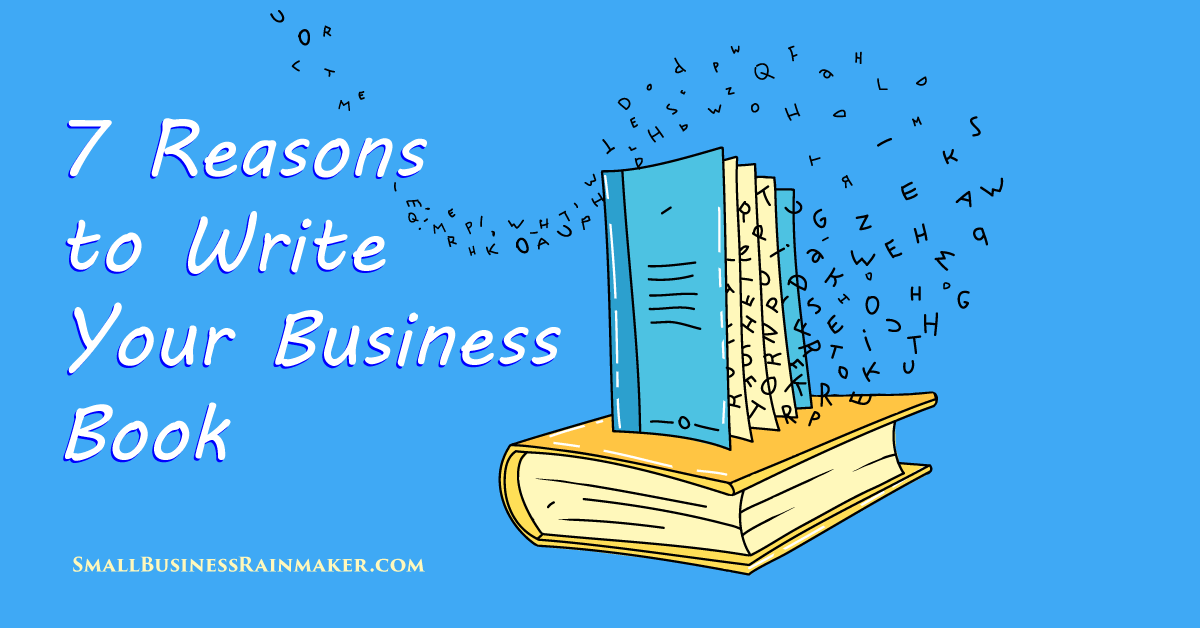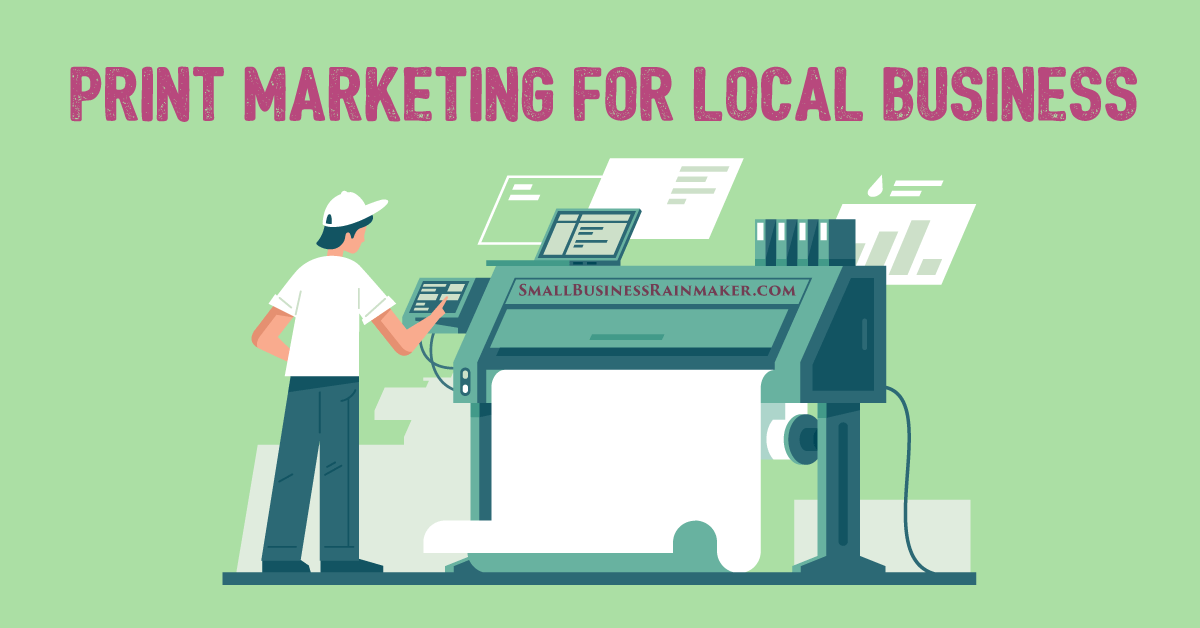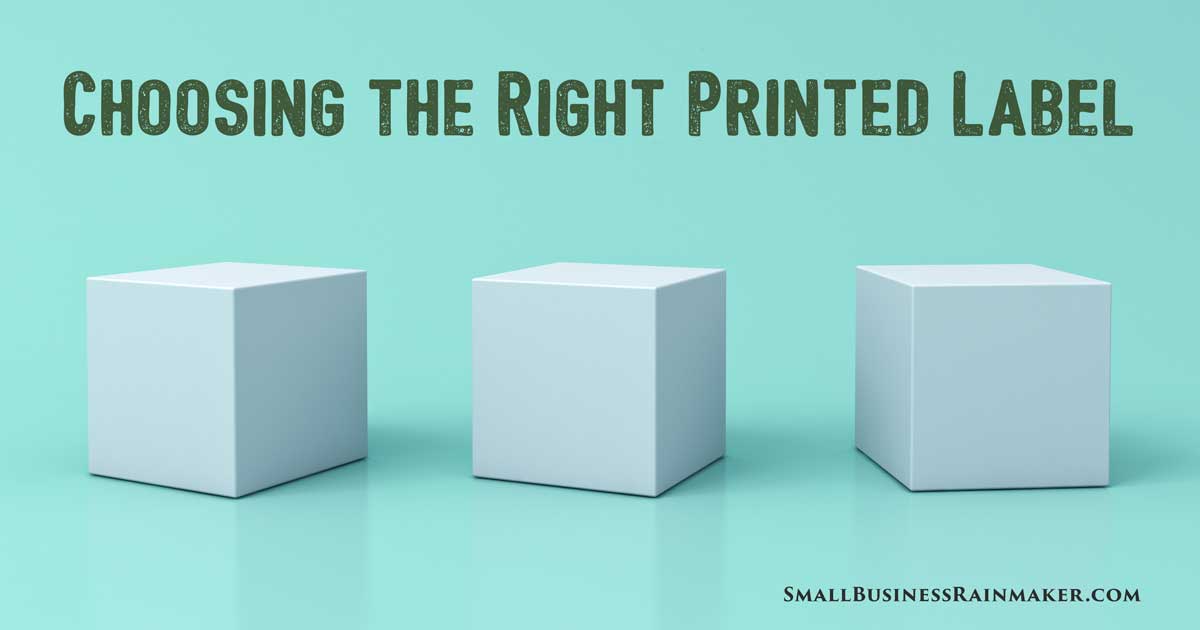
You gotta love statistics. I recently read two articles about the importance of printed business cards. One said business cards are essentially dead, while the other showed how there’s plenty of life left in printed paper cards. The funny thing is that each article used the same set of statistics to prove their diametrically opposed viewpoints.
Statistics and data always need context to be useful in your marketing decisions. These articles got me thinking about how an old-school marketing tool like business cards stacks up against digital marketing.
So let’s cut away the statistical posturing about the "printing is dead" debate and get some true perspective on the use and purpose of business cards in a modern world.
Statistics on the Importance of Business Cards and Their Alleged Death
Here are three statistics that “prove” you should throw out your business cards. But don’t throw anything out until you put your marketing glasses on.
1 - Sales increase by 2.5% for every 2000 cards that get passed out.1
That’s not a big enough increase for the business card naysayers. It’s not worth the effort or expense.
I guess they never heard of the concept that “little hinges swing big doors.” In other words, lots of small, incremental changes can lead to significant results.
OK, let’s do some simple math for a very small business doing $100,000 annually. 2.5% on $100,000 is $2500. You’ll spend well under $100 for the cards. You don’t have to be good at math to see that’s a damn good Return on Investment! In a business with $1 million in revenue, that’s $25,000 in additional sales.
Sure, you’ve got to do the work of handing out the cards, but you’ll probably be doing that anyway. If you strategically systematize the distribution of business cards (more on that below), you’ll easily get the distribution you need.
The net result is that handing out business cards is likely to increase your revenues at least a little, without much additional effort or expense.
By the way, I couldn’t find any statistic that said handing out business cards leads to a decrease in revenue.
2 - 88% of business cards handed out get thrown away in less than a week.
The naysayers cry, “What’s the point if nearly 9 out of 10 people throw my card away?”
Old-schoolers say, “That’s 12% that keep them. That 12% who could become customers or valuable connections.”
Statistics also show that 9% of cards are indeed added to the recipient’s digital list, via the phone, contact management system, or both. The card itself may be gone, but it lives on digitally.
Now let’s compare this business card throwaway “problem” to a typical website’s landing page conversion rate.
A landing page is the digital equivalent of someone accepting your business card and keeping it, in effect saying, “yes I want your info.”
The current average website conversion rate, according to Wordstream, is around 2.35%. Conversion rate = Total Traffic ÷ New Contacts who give you their info in exchange for yours. If we were whiners we could say, “Nearly 98% of website visitors don’t keep our info—what’s the point of having a website?”
Put another way, business cards at a 12% conversion rate (someone takes your info) have more than 5 times the conversion rate of your average website at 2.35%.
Seen from this marketing perspective, why would you ever quit handing out your business card?
3 - 39% of people won’t do business with you if your card is cheap looking.
The naysayers, I suppose, can’t be bothered to invest in professional cards. Seriously, why would you bother to hand out cheap looking cards? It reflects a lack of professionalism rather than any kind of logic.
Old-school marketers, however, simply refuse to print cheap-looking business cards.
Old-schoolers remember this related statistic—that 72% judge your company by your card. Your card is one element in your opportunity to present a great first impression. After all, you never get a second chance to make a first impression, especially on sales calls. Cliché, yes, but still relevant.
Thus, even a moderately good card, routinely handed out, is likely to increase your sales as noted in our first statistic above.
4 More Reasons Why You Should Still Use Business Cards
1 - They’re faster than digital. If either party is in a hurry, you can share business cards in a second. You can’t do that with your phone or any device.
2 - Despite appearances to the contrary, the whole world doesn’t own smartphones. And if they do, sometimes they simply don’t like to use them.
I’ve met more than a few highly successful and influential business people who don’t own or don’t like to use a smartphone. They leave that to their assistants. Business cards are the best way to connect with them.
Perhaps everyone in your personal world does indeed own smartphones. But do all of your prospective customers live in that same world? That’s what you have to ask yourself.
3 - Certain cultures require business cards as basic etiquette. There are even special protocols for exchanging cards specific to various cultures. If you don’t have a card, you don’t have a chance.
4 - You never know where you’ll meet a potential customer. It could be at a picnic, while travelling, or at any number of social functions where you might not have your phone at the ready. If you have a business card at the ready, you’ll never miss an opportunity.
What Makes a Good Business Card?
If you can’t already tell, I like anything old-school that still works, especially something simple like a business card. Despite its apparent simplicity, there are many ways to boost your card’s effectiveness.
Here are several ways to make your business card more effective.
1 – A good business card will include all your basic contact information.
Include your full name, mailing and/or physical address, (whichever is more important,) logo, phone, mobile phone, and email.
Include relevant websites and social media accounts that are important to your ideal customers.
2 – Get it professionally printed on good card stock.
Even a plain business card, designed and printed well, is better than an elaborate card you print on an office printer.
3 – Get creative, as long as its relevant to your brand.
Don’t get fancy for its own sake. Talk to a designer or printing company about this. They will probably have suggestions you might not otherwise find.
4 – Make your business card work for you.
Everything you do in marketing should lead your prospect to take another action. Business cards are no exception.
![]() Put a call to action on it, a compelling offer to make them engage with you further. If it’s something that helps them solve a problem, they’ll probably take that desired action. It could be something as simple as downloading a report or other valuable content, watching a video, or scheduling a free consultation.
Put a call to action on it, a compelling offer to make them engage with you further. If it’s something that helps them solve a problem, they’ll probably take that desired action. It could be something as simple as downloading a report or other valuable content, watching a video, or scheduling a free consultation.
![]() Put a testimonial on it. At this point, your prospect still must get to know, like, and trust you. Testimonials build trust and credibility.
Put a testimonial on it. At this point, your prospect still must get to know, like, and trust you. Testimonials build trust and credibility.
![]() Speaking of trust, add relevant accreditation or trade association memberships. You might be able to do this with a simple logo that your clients recognize. For example, if you’re accredited by the Better Business Bureau, you can put that recognizable logo on your card.
Speaking of trust, add relevant accreditation or trade association memberships. You might be able to do this with a simple logo that your clients recognize. For example, if you’re accredited by the Better Business Bureau, you can put that recognizable logo on your card.
![]() Put your photo on it. Make sure it’s professional quality. Don’t use a red-eyed head shot cropped from a group photo taken at a party.
Put your photo on it. Make sure it’s professional quality. Don’t use a red-eyed head shot cropped from a group photo taken at a party.
![]() Use both sides of the card. It costs next to nothing to print the second side.
Use both sides of the card. It costs next to nothing to print the second side.
![]() Use a QR code (they’re not dead yet, either) to connect your card digitally to a landing page. Select a landing page that will move them along in the sales process.
Use a QR code (they’re not dead yet, either) to connect your card digitally to a landing page. Select a landing page that will move them along in the sales process.
![]() Add your business cards to invoices and include in product shipments for new and returning customers.
Add your business cards to invoices and include in product shipments for new and returning customers.
![]() Include printed cards in all your print promotions and campaigns.
Include printed cards in all your print promotions and campaigns.
What to Do After You Receive a Business Card
Business cards are all about the start of new business relationships. When you receive a card, you can make the other person's card work for you, as well.
If the card is in any way relevant to a current or future relationship, put it in your contact management system. But don’t stop there.
Connect with the person on all their social media accounts. If you wait until later to connect, they may not remember you and might ignore the connection request.
At this point early in the relationship, you probably don’t know their preferred method of contact. Once you get to know them better, you’ll have all the info you need to re-connect in a manner they like, and you’ll already be connected.
You can also use their social media accounts to get more information. If they’re a prospective client or vendor, this helps your pre-qualification work.
Conclusion—the Purpose of Business Cards
The broadest purpose of business cards is simply to connect with others and start a relationship. These relationships hopefully develop into new customers and vendors.
The naysayer muddied the context by inaccurately framing these business card statistics in a negative way. Of course, their motive is to promote their company’s digital app for getting and managing contacts.
The pro-business card camp, mostly print and design related companies, framed the statistics positively. They want to promote the design and printing of 10 billion cards each year.
There’s nothing inherently wrong with promoting a product or service, as long as we view the “proof” in the proper context. We should always view them through the lens of a marketer.
The naysayers weak arguments don’t stand up to scrutiny. That’s OK. I’m happy to scoop up the business that they’re tripping over themselves to give up.
The business card naysayers also miss this important point about marketing—when a marketing channel is less crowded, it’s easier to stand out. If they believe business card usage is on the decline, they should be jumping in with both feet and doing the contrarian dance.
The smart marketer looks at the bigger picture, at the context. The numbers indicate the continuing importance of business cards in developing your business.
There’s still plenty of life left in this old-school format. Business cards should be one of many marketing and business development tools at your disposal.
Need a Vendor for Your Printing Project?
We recommend Docucopies for your next print project. I've used them for many years for a wide array of printing needs. They are great for the growing DIY marketer whose print requirements are growing with their business. And they do a heck of a lot more than business cards:
- Free shipping
- 5¢ Color Copies
- Order online
- Books, flyers, newsletters
- Direct mail
- Banners
- Postcards
- Yearbooks
And yes, you do indeed get Free shipping with a low minimum order. Check them out here.
(It's an affiliate link, so we get a small commission if you order. It doesn't change what you pay.)
Sources: 1. Statisticbrain.com and the Adobe Blog.















Leave a comment